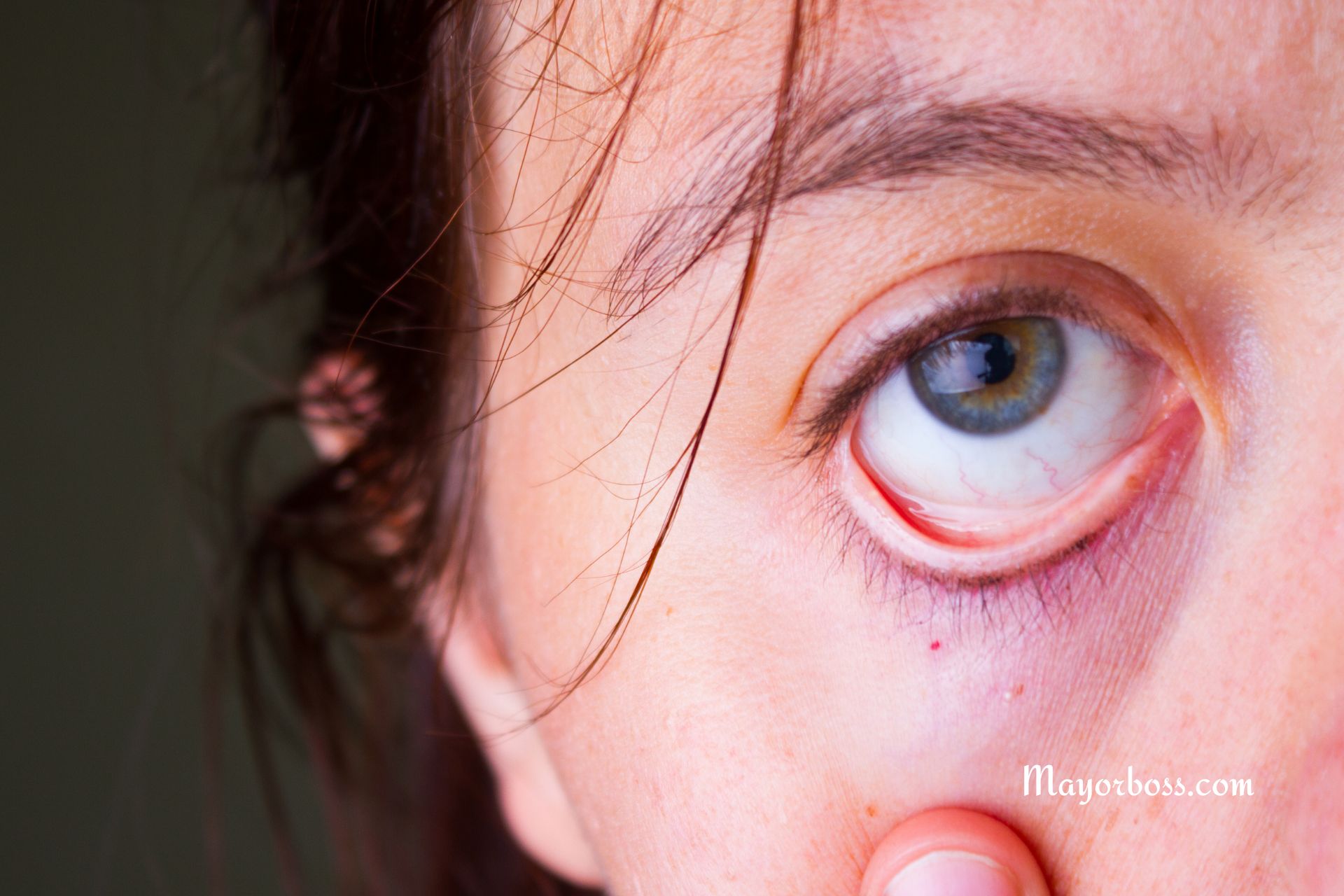Pale Eyelids? It Could Be Anemia. Here’s What to Know
Pale eyelids can be a subtle sign that your body is trying to tell you something important. It might be surprising to learn that the color of your eyelids can give clues about your overall health, particularly about a condition known as anemia. Anemia affects your red blood cells, which are crucial for transporting oxygen throughout your body. When you’re anemic, your body doesn’t get enough oxygen-rich blood, leading to a variety of symptoms, including paleness in areas you might not expect, like your eyelids. In this article, we’ll look into why pale eyelids could be a sign of anemia, what causes anemia, how it’s diagnosed, and ways to manage and treat it.

What Causes Pale Eyelids in Anemia?
Pale eyelids are one of the physical indicators of anemia, primarily caused by a decrease in hemoglobin, the oxygen-carrying component of red blood cells. This reduction can lead to less oxygen being delivered to your tissues, making them appear paler than usual. Here’s why anemia might cause pale eyelids:
- Reduced Hemoglobin: Lower levels of hemoglobin mean less color (or redness) in the blood, making the skin look paler.
- Decreased Blood Flow: Anemia can reduce blood flow to the skin, making it appear lighter.
Common Causes of Anemia
Understanding what leads to anemia can help in addressing and treating the condition effectively. Here are some common causes:
- Iron Deficiency: This is the most common cause of anemia. Iron is crucial for making hemoglobin.
- Vitamin B12 or Folate Deficiency: Both are essential for red blood cell production.
- Chronic Diseases: Conditions like kidney disease can affect the production of red blood cells.
- Blood Loss: Losing blood through heavy menstrual periods or internal bleeding can lead to anemia.
Other Symptoms of Anemia
Apart from pale eyelids, anemia can manifest through several other symptoms, which may vary depending on the cause, severity, and one’s overall health. These include:
- Fatigue and weakness
- Shortness of breath
- Dizziness or lightheadedness
- Cold hands and feet
- Irregular heartbeat
- Headaches
Diagnosing Anemia
If you notice that your eyelids are paler than usual, along with experiencing symptoms like fatigue, weakness, or shortness of breath, it’s essential to see a healthcare provider. They may recommend the following tests:
- Complete Blood Count (CBC): This test evaluates the components of your blood, including red blood cells.
- Hemoglobin Test: Specifically measures the levels of hemoglobin in your blood.
- Iron Tests: Determine the amount of iron in your body, which can help pinpoint iron deficiency anemia.
Managing and Treating Anemia
The cure for anemia depends on its cause. Here are some general strategies:
- Dietary Changes: Increase intake of iron-rich foods (like spinach, red meat, and beans) and foods rich in vitamin B12 and folate (like eggs, dairy products, and leafy greens).
- Iron Supplements: If your anemia is due to iron deficiency, your doctor may prescribe iron supplements.
- Vitamin B12 or Folate Supplements: For anemia caused by a deficiency in these vitamins.
- Treating Underlying Conditions: If anemia is a symptom of another disease, managing that condition can help.
Prevention Tips
Preventing anemia involves a combination of a balanced diet, proper supplementation, and regular medical check-ups. Here are some tips:
- Maintain a Nutrient-Rich Diet: Focus on foods high in iron, vitamin B12, and folate.
- Monitor Menstrual Blood Loss: Women with heavy menstrual periods should consult a healthcare provider for management strategies.
- Regular Blood Tests: Especially if you have a history of anemia or conditions that might lead to it.
Frequently Asked Questions
1. Can pale eyelids be the only symptom of anemia?
No, pale eyelids usually accompany other symptoms of anemia, such as fatigue, weakness, or shortness of breath. However, they can be one of the first signs you notice.
2. Are there any quick fixes for anemia?
While dietary changes and supplements can help, it’s essential to address the underlying cause of anemia for a long-term solution. Call your doctor for a tailored treatment plan.
3. How long does it take to recover from anemia?
Recovery time varies depending on the cause and severity of anemia. Some people see improvements within a few weeks of treatment, while others may need longer.
Remember, if you notice any changes in your body or health, such as pale eyelids, it’s always a good idea to consult with a healthcare professional.
